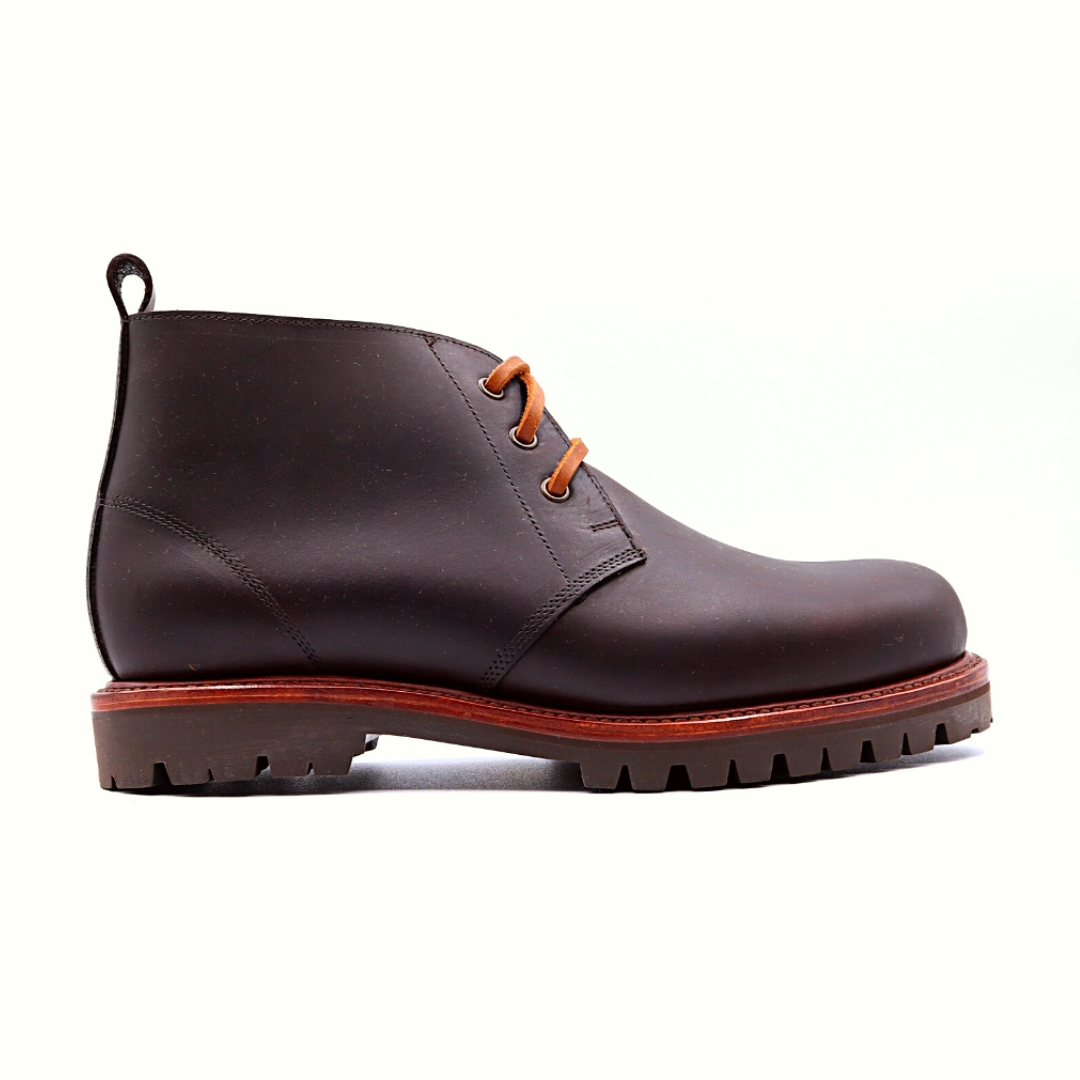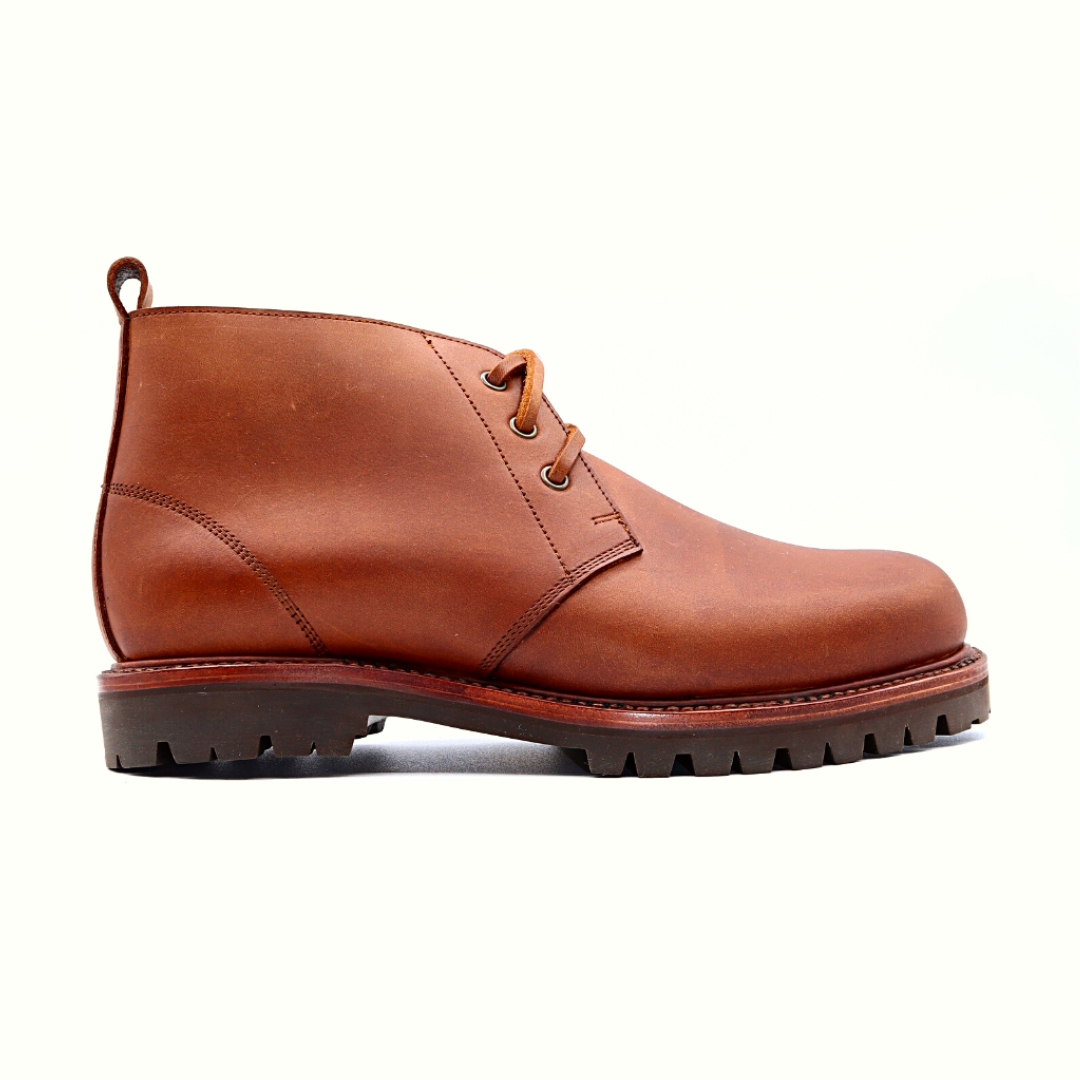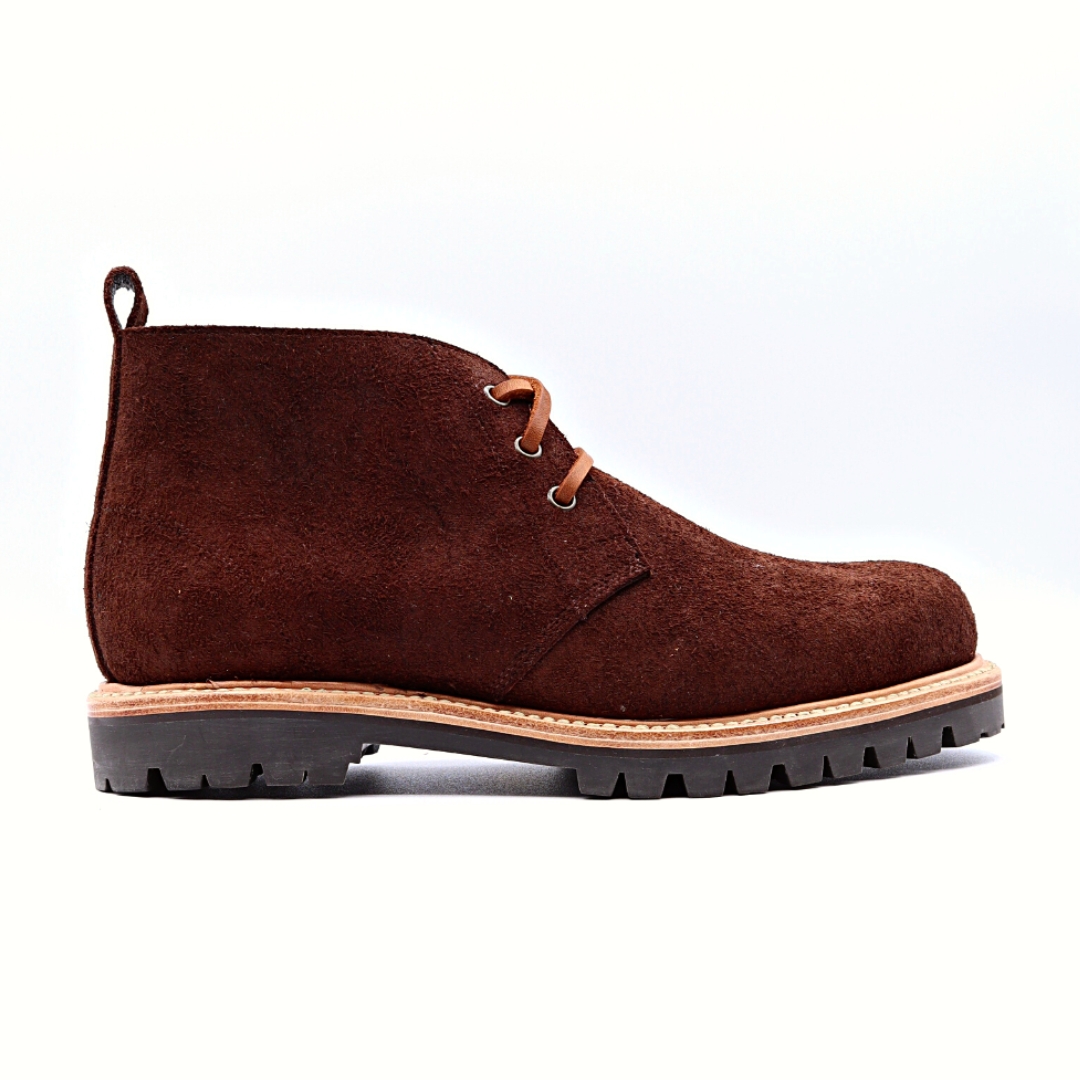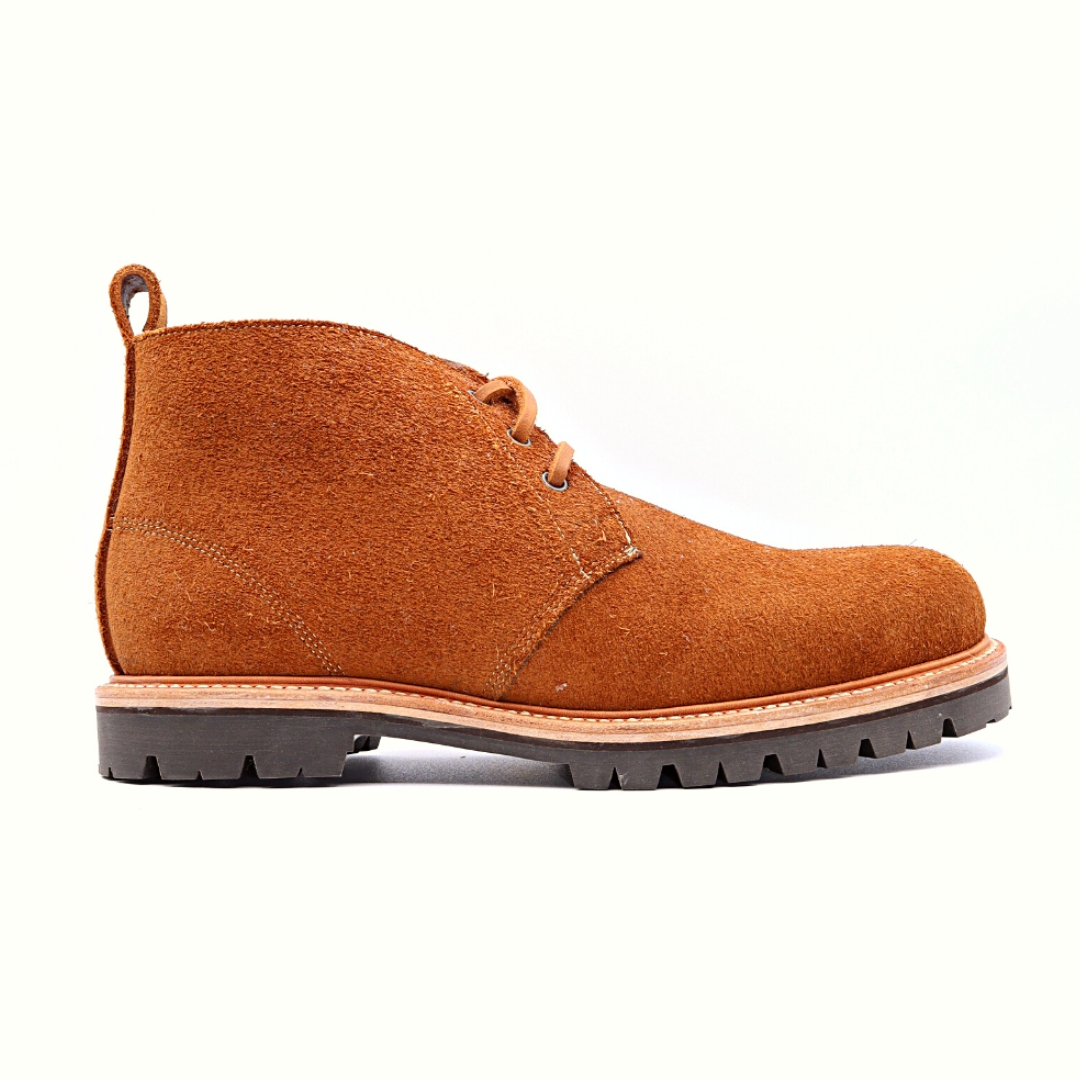Prolong the life of your clothing
Learn how to wash and care for your Merino wool socks and garments.
Knowing how to wash and care for your Merino wool garments will help ensure its maintenance, as well as reduce the environmental impact.
As you already know, Merino wool is a 100% natural fibre of animal origin, therefore its care may vary compared to plant fibres, artificial or synthetic. That being said, the high-quality Merino wool used in most outdoor garments has previous treatments that allow it to be machine washed without problem.
It is important that you check the washing instructions label of each product, because depending on the type of wool and garment, its correct maintenance may vary. Below we will give a general guide on the best practices for the care of your wool products.
Wool, in general, has natural antibacterial properties. This absence of bacteria will prevent bad odours or will, at least, delay them considerably. Less smell means that we do not have to wash our garments so often. In most cases, it is enough to air the garments for a few hours to restore their initial freshness. We only recommend washing your wool clothing after a period of continuous use or when, due to the type of activity, the garment is dirty. If you decide to wash your garments, we advise the following:









